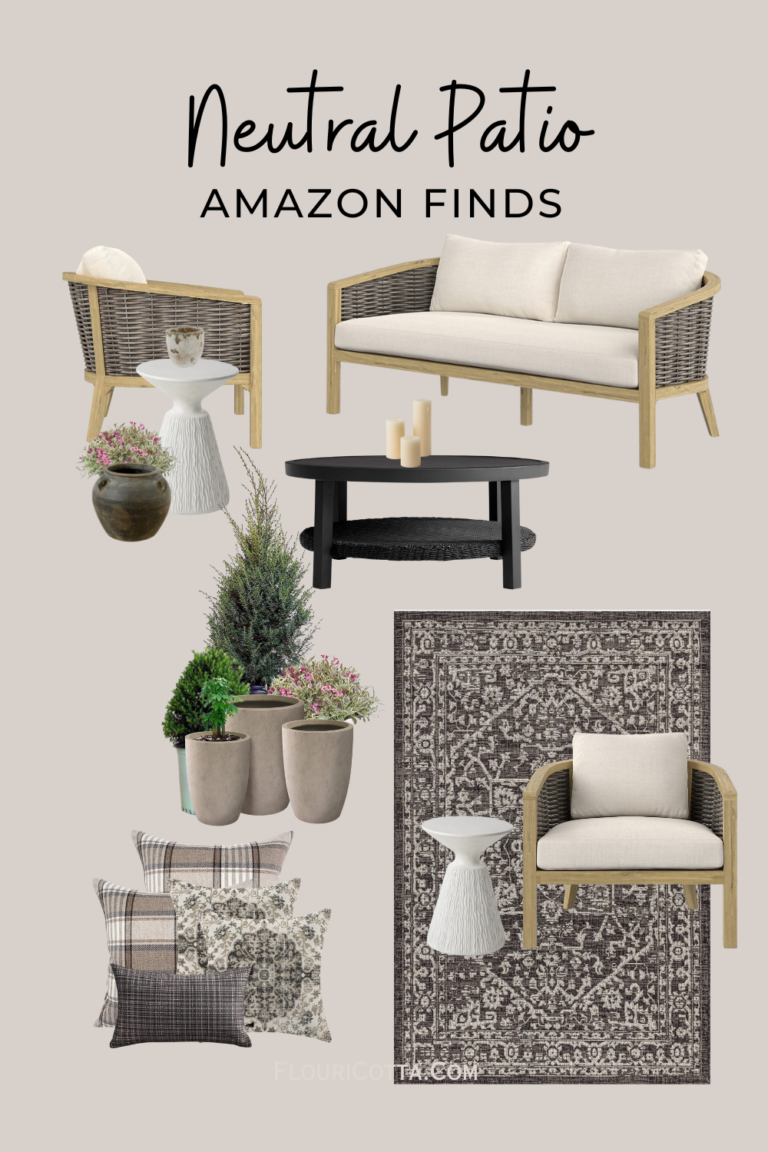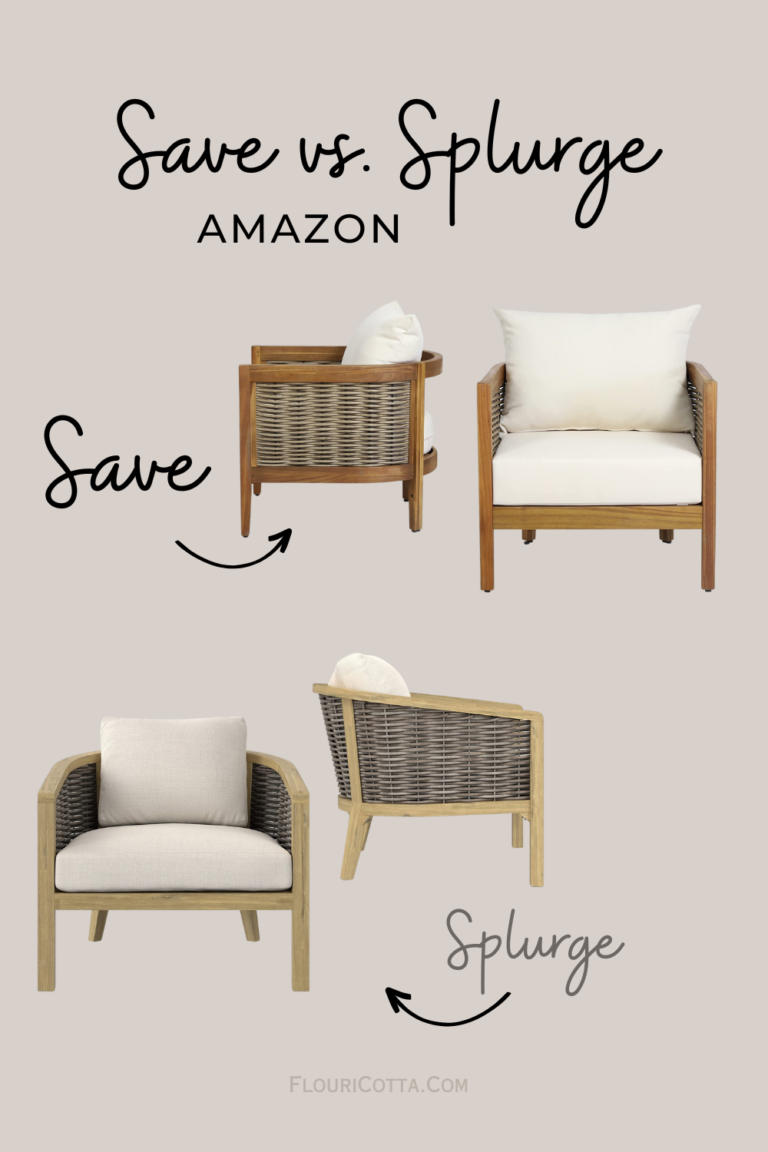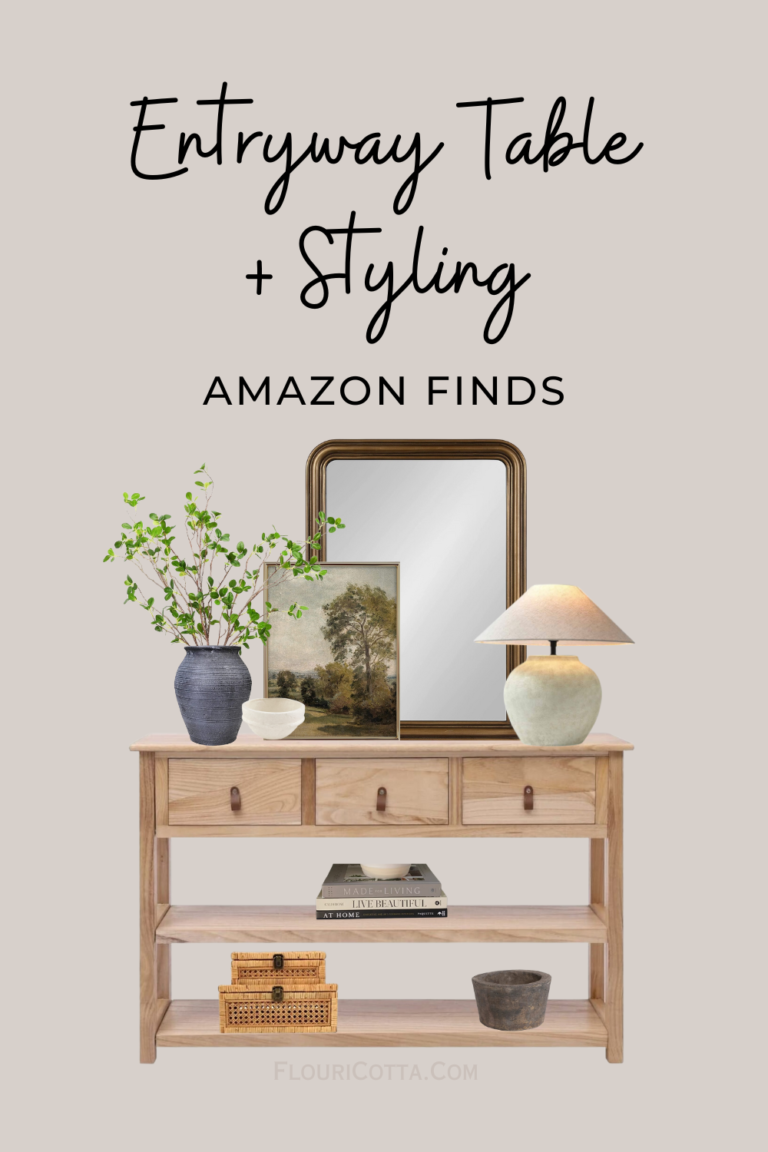Create a Charming English Cottage Garden in Your Own Backyard
An english cottage garden is the epitome of laid-back, romantic charm. With their flowing borders overflowing with a mix of flowering plants, herbs, and vegetables, cottage gardens embrace a naturalistic and informal style. While they may look casually thrown together, there are some key elements that give english cottage gardens their quintessential charm. Follow these tips to easily create your own cottage garden getaway in your backyard.
The 6 Must-Have Elements In An English Cottage Garden:
When growing an English cottage garden, there are 6 main elements to consider. English cottage gardens all include dense plantings of a variety of old-fashioned flowers of varying heights.
It may include a small secret garden seating area with a pathway, and arbors covered in lively plants. Edible plants and garden accents are scattered in amongst the beautiful flowers.
Keep reading to learn more about these must-have English cottage garden elements.
Dense & Abundant Plantings
Cottage gardens are all about creating a lush, overflowing look by cramming in as many plants as possible into the available space. Don’t worry about strict rows, plant where you please!
Some english cottage gardens incorporate evergreen shrubs along the borders of the garden area, while other gardeners choose to scatter them between florals.
One thing to consider is laying down a foundation of evergreen plants that will be green all year long, ensuring the foundation of the garden will look well thought out in the winter months.
Then, gather all the beautiful perennials to mix between and around all the evergreens. This will keep a somewhat natural structure of the garden all year long.
Old-Fashioned Flowers
Fill your english cottage garden with a mix of traditional flowering favorites like
- Roses
- Peonies
- Hollyhocks
- Delphiniums
- Foxgloves
- Larkspur
- Alliums
- Hydrangeas
- Salvia
- Snowball viburnum
- Astilbe
- Dahlia
for that classic english cottage garden vibe.
Try to plant mostly perennials and include some evergreen plants throughout the landscape, ensuring it looks lush all year around.
Shrubs & Evergreens
One often overlooked, yet foundational element of an English cottage garden are the evergreen shrubs! They are important for the structural element it gives, and keeps your garden looking lush all year, even in the winter months.
Some of my favorite evergreen shrubs to incorporate are:
For more options of evergreen shrubs and trees to consider including in your english cottage garden, browse the larger list here, where I teach you the best plants for a living privacy fence.
Paths & Arbors
Winding paths cutting through the plantings and perhaps an arbor or trellis enveloped in vines helps create rooms and secret spaces in the garden to explore.
The english cottage garden path can be made of:
- Grass
- Pea gravel
- Flagstone
- Concrete pavers with pea gravel between each paver
Arbors are a beautiful accent piece to any backyard landscape. I recommend getting one made of natural materials such as wood for your beautiful climbing plant to thrive on.
Perfect climbing plants to add to your garden would be
- Roses
- Ivy
- Climbing hydrangea
- Jasmine
- Wisteria
Vining vegetables would also be fun! If you wanted an edible arbor plant, you could plant
- Cucumbers
- Butternut squash
- Snap peas
Garden Accents
Search antique shops and thrift stores for decorative elements like vintage benches, birdhouses, sundials, bird baths, and statues to add personality and charm.
Edibles Galore
In the classic English cottage garden style, tuck edibles like herbs, vegetables, fruit trees, and berry bushes right in amongst the ornamental flowers.
English Cottage Gardeners To Follow
Claus Dalby – Claus Dalby is a well known gardener, Id say he specializes in container gardening with an english cottage garden twist. His work is inspirational.
Linda Vater – Linda Vater has been teaching people how to garden for years on tv and youtube! She also has a wonderful book to teach you exactly how she does it. You may have even seen her gardens featured in magazines. She is one of my main inspirations for gardening and I know you’ll love her work too.
Getting Started Growing An English Cottage Garden
Start by choosing a sunny spot for your cottage garden, then plan out paths to wiggle through the space. Amend the soil with plenty of compost and manure.
Use cottage garden favorites for big pops of color in drifts throughout the garden, underplanted with pretty edging plants and ground covers. Fill any bare spots with self-sowers like calendulas, nigella, and bachelor’s buttons.
Plant old-fashioned shrubs and climbers like climbing roses, clematis, honeysuckle, and jasmine against walls and arbors.
Add vintage finds and decorative touches to enhance the garden’s personality and don’t worry about making it look too perfect and tidy – the more relaxed and rambling, the better for getting that quintessential cottage vibe!
With densely-packed, overflowing plantings of flowering favorites and edibles happily co-mingled, a few essential accents, and a winding path to explore, you’ll have a dreamy, romantic cottage garden of your own to escape to right outside your back door




